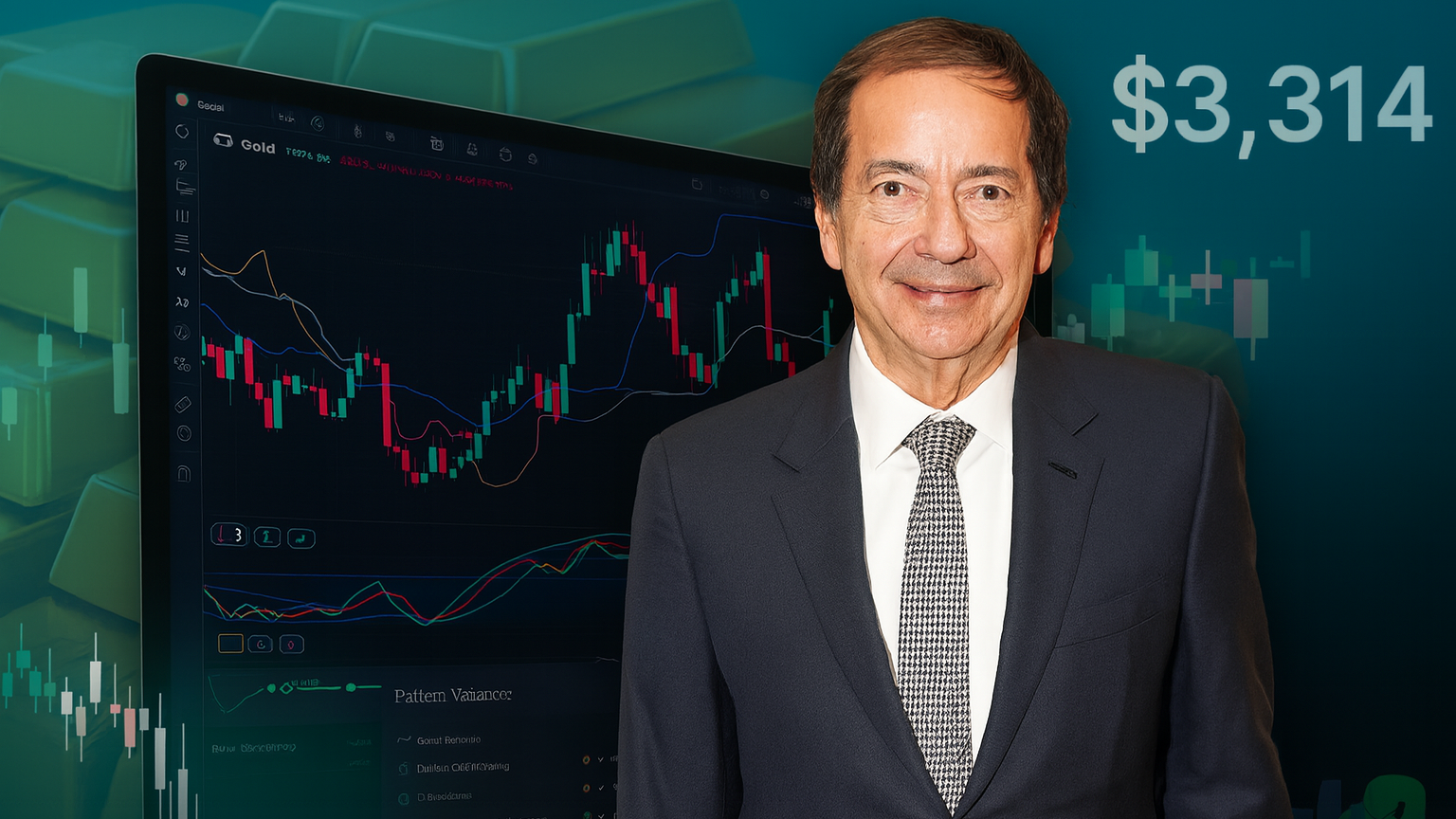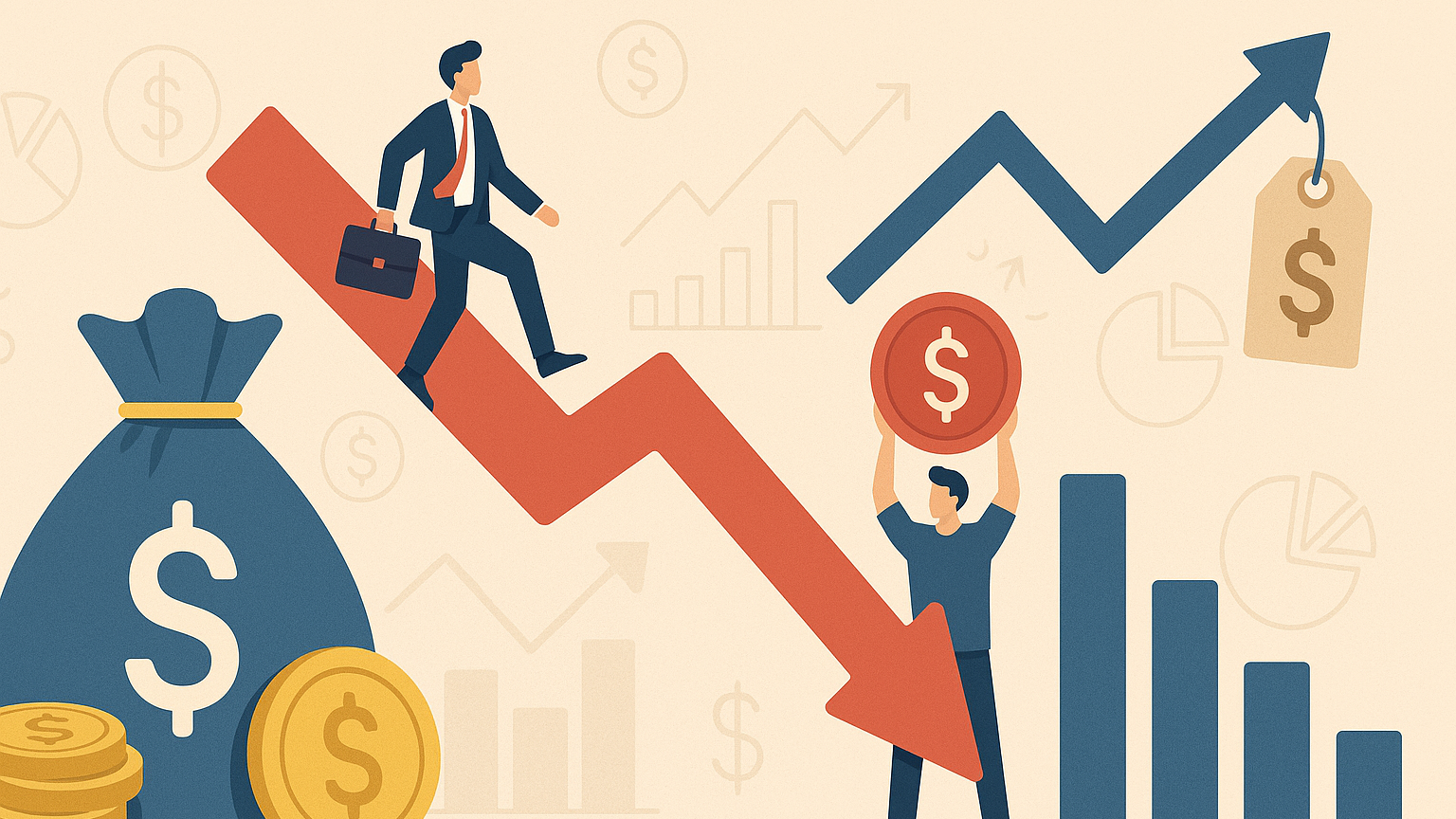Explore how high-yield savings accounts can significantly boost your earnings with higher APYs, low fees, and flexible access to funds.
High-yield savings accounts (HYSAs) offer significantly higher returns compared to regular savings accounts, with APYs often exceeding 4% or more. They are ideal for emergency funds or earning interest on idle cash, combining safety (FDIC‑insured) with flexibility. Here's what you need to know:
- Higher Returns: Traditional savings accounts average around 0.41% APY, while HYSAs offer rates above 4%.
- Low Fees: Many HYSAs have no fees or waivable fees, protecting your earnings.
- Flexibility: Unlike CDs, HYSAs allow easy access to funds, though transfers may take 2–3 days.
- Key Features to Compare: APY rates, minimum balance requirements, monthly fees, and access options.
Quick Comparison: Traditional vs High‑Yield Savings Accounts
| Feature | Traditional Savings | High‑Yield Savings |
|---|---|---|
| APY | ~0.41% | 4%+ |
| Access Speed | Instant | 2–3 days |
| Fees | Rare | Waivable |
| FDIC Insurance | Up to $250,000 | Up to $250,000 |
Start by comparing accounts with top APYs, avoid unnecessary fees, and leverage compound interest to maximize your savings. High‑yield accounts are a smart option for short‑ and medium‑term financial goals.
7 BEST High‑Yield Savings Accounts of 2024
Selecting a High‑Yield Savings Account
Picking the right high‑yield savings account can make a big difference in your earnings. As of February 2025, the average APY for traditional savings accounts was just 0.41%, while top high‑yield accounts offered rates more than ten times higher.
Selection Criteria
When comparing high‑yield savings accounts, pay attention to these key features:
| Feature | What to Look For | Why It Matters |
|---|---|---|
| APY Rate | 4.20% or higher | This directly impacts how much you earn. |
| Minimum Balance | $0–$100 | Low requirements mean easier access. |
| Monthly Fees | None or waivable | Keeps your earnings intact. |
| Access Options | Online/mobile banking | Makes managing your money simple. |
| Insurance | FDIC/NCUA coverage | Ensures your deposits are protected. |
The table above highlights the most important factors. Once you've identified these, it's time to weigh the pros and cons of different types of banks.
Bank Types Compared
Online-only banks tend to offer better rates than traditional banks, thanks to their lower overhead costs. This can significantly boost your returns over time.
"High‑yield savings accounts are a great volatility dampener. Unlike the capital markets, you will never see the balance fluctuate on a daily basis. It is certainly possible that HYSA interest rates will remain steady all year if the Federal Reserve pauses action all year long."
- Andrew Herzog, CFP at The Watchman Group
Some banks, like Capital One 360 Performance Savings, offer a blend of online convenience and physical branch access, with competitive rates and 70,000+ fee‑free ATMs.
Account Comparison Methods
When comparing accounts, look beyond the advertised APY. Focus on the total earning potential, including any requirements to qualify for the rate. Financial expert Ryan Derousseau advises: "Understand the requirements to secure the advertised rate."
Here are some of the current top-performing accounts:
| Financial Institution | APY | Minimum Opening Deposit | Required Balance for Advertised APY |
|---|---|---|---|
| Pibank | 4.60% | $0 | $0 |
| BrioDirect | 4.55% | $5,000 | $25 |
| TIMBR | 4.55% | $1,000 | $0 |
| Bread Savings | 4.40% | $100 | $100 |
Increasing Your Savings Returns
Boost your savings by using compound interest, avoiding unnecessary fees, and planning withdrawals wisely.
The Power of Compound Interest
Compound interest helps your savings grow faster by earning interest on both your original deposit and the interest already earned. Here's how it can make a difference:
| Initial Deposit | APY | Compounding Frequency | 1-Year Earnings |
|---|---|---|---|
| $10,000 | 5% | Monthly | $511.62 |
| $10,000 | 0.45% (Traditional) | Monthly | $45.11 |
| $10,000 | 5% | Daily | $513.47 |
To make the most of compound interest:
- Opt for accounts with daily compounding.
- Deposit money regularly.
- Limit withdrawals to keep your balance growing.
- Set up automatic deposits to stay consistent.
Avoiding Common Fees
Bank fees can quietly eat away at your savings. Here’s a breakdown of common fees and how to avoid them:
| Fee Type | Typical Cost | How to Avoid |
|---|---|---|
| Monthly Maintenance | $5–$30 | Choose no‑fee online banks. |
| ATM Usage | $2–$5 | Use in‑network ATMs or banks with reimbursements. |
| Excessive Transactions | $3–$25 | Limit withdrawals to six per month. |
| Wire Transfers | $16–$35 | Use free ACH or online transfers. |
Timing Withdrawals Wisely
Thoughtful withdrawal planning can help you balance immediate expenses with long‑term savings growth. Here are a few tips:
- Use a separate checking account for everyday expenses.
- Time withdrawals to align with interest posting dates.
- Keep a minimum balance to avoid fees or penalties.
- Adjust withdrawal amounts based on your account’s performance.
Common High‑Yield Account Mistakes
When managing high‑yield savings accounts, there are some common pitfalls that can chip away at your returns. Let’s break them down.
Fee and Limit Awareness
Hidden fees can quietly eat into your earnings. Here are some common fees to keep an eye on:
| Fee Type | Cost | Impact on $10K Balance | How to Avoid |
|---|---|---|---|
| Foreign Transactions | 1–3% | Up to ~$300 | Use banks with no foreign fees |
| Paper Statements | $1–$5 | Up to $60/year | Switch to e‑statements |
| Overdraft | Up to $35 | Per occurrence | Enable account alerts |
Promotional Rate Facts
- Introductory rates usually drop after the promotional period.
- Missing payments might lead to early termination of the promotion.
- Deferred interest could be applied retroactively.
- Once the promotion ends, the regular APY will kick in.
Interest Rate Changes
Interest rates for high‑yield accounts are tied to market conditions, meaning they can fluctuate based on changes in the federal funds rate. This variability can affect your returns.
- Split your savings between variable‑rate and fixed‑rate options.
- Regularly compare rates across different banks.
- Use Certificates of Deposit (CDs) for rate stability while keeping some funds in high‑yield accounts for easy access.
Expert Savings Methods
Building on account selection and fee management, these advanced strategies can help boost your savings potential.
Multi‑Account Strategy
"Having multiple accounts can be a way to keep yourself on task with the specific goals you're saving for, without the risk of funds getting commingled."
- Greg McBride, CFA, Bankrate
Combined Financial Tools
Emergency Fund Setup:
- A high‑yield account for quick access to cash.
- Short‑term CDs for a portion of your emergency savings.
- A linked checking account to protect against overdrafts.
Goal‑Based Savings: Assign separate accounts for specific savings targets, like vacations or down payments, while still earning competitive returns.
Return Calculation Tools
Take advantage of bank‑provided calculators to estimate how much you'll earn based on your initial deposit, monthly contributions, current APY rates, and compounding frequency.
Conclusion: Steps to Better Savings Returns
Key Action Steps
With today’s high‑yield accounts offering APYs above 4%, far higher than the typical 0.43% rate, there’s a clear opportunity to grow your savings. Here are some practical strategies to get started:
| Action | How to Do It | What You Gain |
|---|---|---|
| Compare Rates | Look at online banks and credit unions | Earn up to 5% APY |
| Choose Smart Accounts | Opt for daily or monthly compounding | Boost overall earnings |
| Avoid Fees | Use accounts with no minimum balances | Keep more of your interest |
| Automate Deposits | Set up recurring transfers | Ensure steady balance growth |
Next Steps for Investors
Short‑Term Goals (0–2 years)
Use high‑yield savings accounts to keep your money accessible while earning solid returns. Stay informed by regularly comparing rates.
Medium‑Term Planning
Diversify between high‑yield savings accounts and CDs. CDs can offer stable rates even if the market shifts.
Protect Your Funds
Ensure your accounts are covered by FDIC or NCUA insurance, up to $250,000 per depositor.








